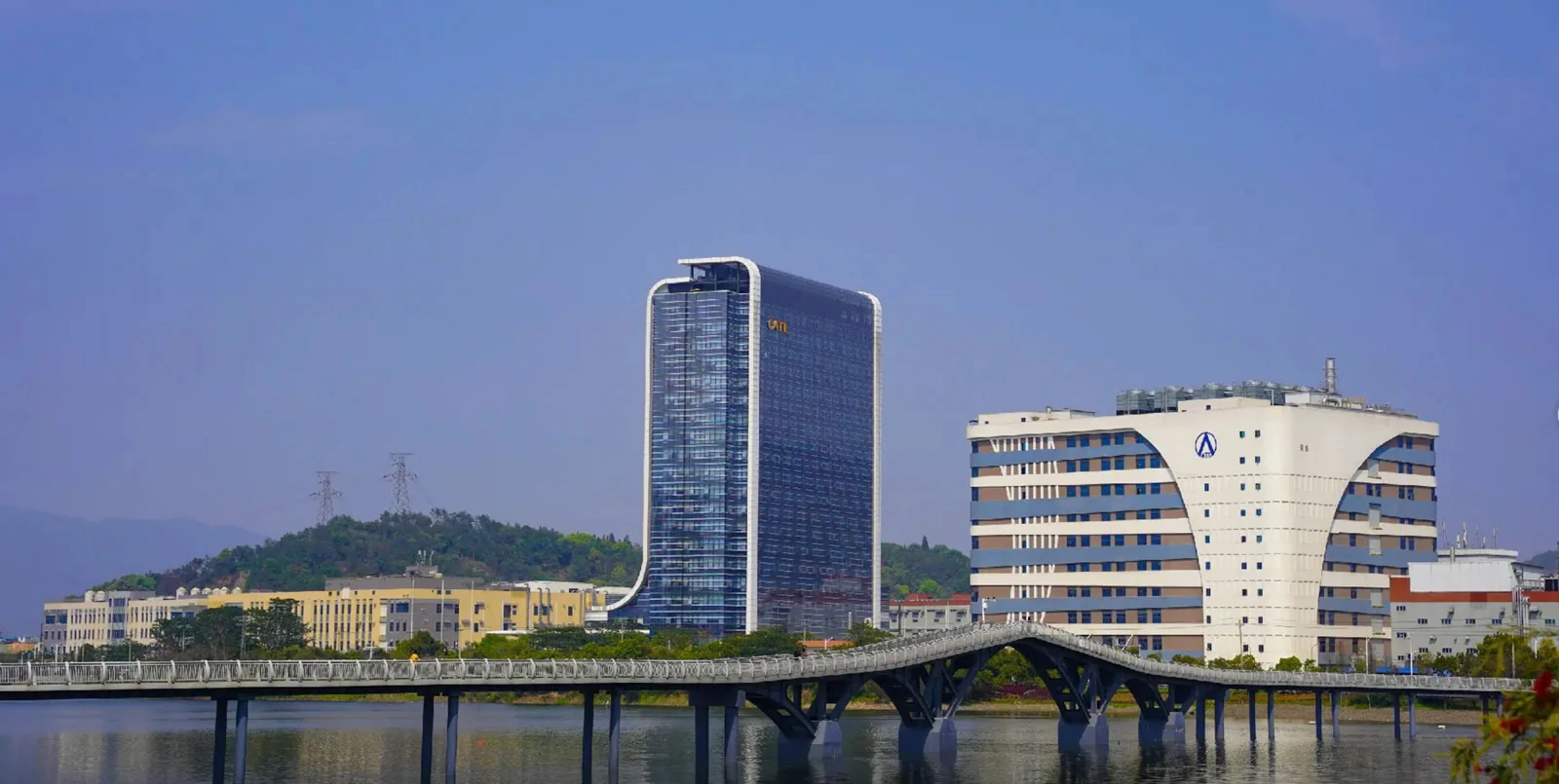2025 Global Lithium Battery Industry Pattern and Top 10 Leading Enterprises
2025-05-19
1、 Global lithium battery market concentration: led by China, with TOP10 companies occupying over 90% of the market share
According to SNE Research and industry data, the global lithium battery market will exhibit highly centralized characteristics in 2024
- TOP10 companies have a market share of over 90%: CATL (37.9%), BYD (17.2%), and LG New Energy (10.8%) rank in the top three, with a total of six Chinese companies accounting for 67.1%, three Korean companies (LG, SK On, Samsung SDI) accounting for 18.4%, and only Panasonic (3.9%) from Japan entering the top ten.
- The market segmentation is obvious: TOP3 enterprises occupy more than 65% of the market share, TOP4-10 enterprises have a market share mostly between 1% and 5%, and the remaining enterprises compete for less than 10% of the market.
2、 List and Market Share of the Top 20 Lithium Battery Manufacturers in the World (2024 Data)
Based on public information and industry inference, the ranking and market share of global lithium battery production companies are as follows:
| Ranking | Company Name | Country/Region | Market share in 2024 | Core Advantages |
| one | CATL (Contemporary Amperex Technology) | China | 37.9% | Large scale production, technological iteration, global customer network |
| two | BYD (BYD) | China | 17.2% | Vertical integration (battery+vehicle), cost advantage |
| three | LG New Energy | Republic of Korea | 10.8% | European and American market layout, soft pack battery technology |
| four | China Innovation Airlines (CALB) | China | 4.4% | Cost effective route, breakthrough in energy storage field |
| five | SK On | Republic of Korea | 4.5% | High nickel ternary battery, Hyundai Motor Group supply chain |
| six | Panasonic | Japan | 3.9% | Tesla's early suppliers and cylindrical battery technology |
| seven | Samsung SDI | Republic of Korea | 3.3% | High end ternary battery, BMW and other joint venture projects |
| eight | Gotion High Tech | China | 3.5% | Energy storage batteries going global, strategic cooperation with Volkswagen |
| nine | EVE Energy (EVE) | China | 2.3% | Accumulation in the field of cylindrical batteries and consumer electronics |
| ten | Sunwoda | China | 2.1% | Champion in power battery growth rate (74.1%), HEV battery |
| 11~20 | Other enterprises | many countries | Approximately 5% -8% in total | Including Japanese PEVE (Toyota series), AESC (Renault Nissan), South Korean Funeng Technology, European and American Northvolt, etc |
Note: The market share of TOP11-20 enterprises is generally below 1%, with scattered and fluctuating data. This is a comprehensive industry estimate.

3、 The Global Dominance and Strategic Layout of Chinese Enterprises
- Market share continues to expand:
- The combined market share of six Chinese companies has increased from 63.4% in 2023 to 67.1% in 2024, with CATL and BYD accounting for over 55%.
- Growth rate comparison: The average growth rate of Chinese enterprises exceeds 30%, while Japanese and Korean enterprises mostly show negative growth or single digit growth.
- Technical route leadership:
- Lithium iron phosphate (LFP) batteries: China accounts for over 90% of global production capacity, and CATL and BYD have reduced costs through CTP/blade battery technology, promoting the penetration of LFP batteries in European and American markets.
- Solid state battery research and development: CATL, BYD, Guoxuan High Tech, and others have released mass production plans for sulfide/polymer solid-state batteries, with the goal of commercialization by 2027-2030.
- Accelerating globalization layout:
- Overseas factory construction: CATL (Germany, Hungary, United States), Guoxuan High Tech (Slovakia, United States), EVE Energy (Malaysia), etc. avoid trade barriers through joint ventures or sole proprietorships.
- Localized supply: Bind with car companies such as Stellantis, Volkswagen, BMW, etc., and establish a closed-loop supply chain of "raw materials battery vehicle".
4、 Challenges and Responses of Japanese and Korean Enterprises
- Difficulties faced by Korean companies:
- Single technological route: Over reliance on ternary lithium batteries, missing out on LFP battery market opportunities.
- Cost disadvantage: High dependence on imported raw materials such as lithium and cobalt, widening the cost gap with Chinese enterprises.
- Response strategy: LG New Energy is shifting towards lithium iron phosphate batteries (in collaboration with Renault), while Samsung SDI is developing 4680 large cylindrical batteries.
- Decline of Japanese companies:
- Panasonic's market share has dropped from 6.6% in 2023 to 3.9% due to Tesla's declining sales and delayed production of 4680 batteries.
- Toyota PEVE focuses on hybrid batteries, but has a weak presence in the pure electric field.
5、 Future Trends: Technological Iteration and Geopolitical Gaming
- Commercialization of Solid State Batteries: It is expected that companies such as CATL, Toyota, and QuantumScape will mass produce solid-state batteries around 2027, which may reshape the market landscape.
- The impact of European and American policies: The US Inflation Reduction Act (IRA) requires localized production, which drives LG New Energy and Samsung SDI to build factories in the United States, but Chinese companies' layouts in Mexico and Southeast Asia form a hedge.
- The energy storage market has exploded: companies such as Guoxuan High tech and EVE Energy have accounted for over 30% of their energy storage battery shipments, becoming new growth drivers.
Electric bicycle lithium battery production enterprise
48V electric bicycle lithium battery pack with anti-theft lock
